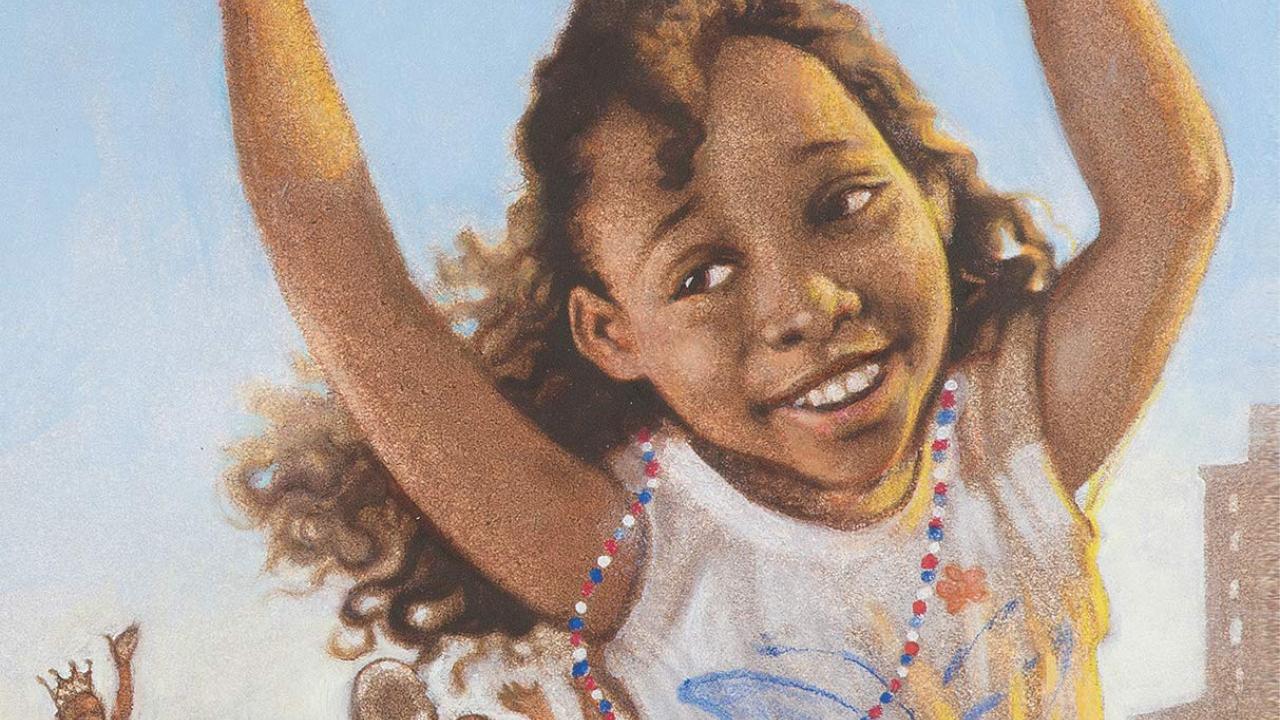
Cooper focuses on the perseverance, faith, and optimism that filled the hearts of Mazie’s ancestors and the generations of Black families who followed. To cheer her up, Mazie’s dad tells her that tomorrow she can celebrate.Ĭopyright Floyd Cooper, 2016, courtesy of Picture Window Books.įloyd Cooper’s beautiful and soft-hued paintings accompany his straightforward storytelling with emotional resonance as Mazie snuggles close to her father in a big chair and listens as he tells her about her great-great-great grandpa Mose, who was among the first slaves to be emancipated on June 19 th in 1865.

“‘I can’t go where I want, have what I want, or do what I want,’” Mazie says. Mazie’s dad notices that she’s feeling a little grumpy and asks why. It’s too close to bedtime.’” And when she wants to stay up late, she’s reminded of the bedtime rule. Later, she’d like a cookie, but when she asks the answer is “‘Not now, little one. Juneteenth for Mazie By Floyd CooperĪs nighttime falls, Mazie would like to go outside to play, but she’s told it’s too late. You can learn more about Juneteenth and the symbolism of the flag on Oprah Daily. The day includes parades, festivals, music, readings by prominent African-American writers, educational events and barbecues, complete with refreshing strawberry soda.

Celebrations later spread across the south and then nationwide. On the one-year anniversary of the proclamation, freedmen in Texas organized the first Jubilee Day, which became an annual event.

Juneteenth commemorates the end of slavery and celebrates the historical date of June 19, 1865, when Union army general Gordon Granger came to Galveston, Texas to read “General Order #3,” which proclaimed the emancipation of all those held as slaves in Texas.

This week Juneteenth became America’s eleventh federal holiday when President Joe Biden signed the Juneteenth National Independence Day Act into law on June 17.


 0 kommentar(er)
0 kommentar(er)
